Massively Multiplayer Online Art
An inspirational model for the future of the web can be found by looking back at several early net art projects that emphasized collaborative creativity and play.
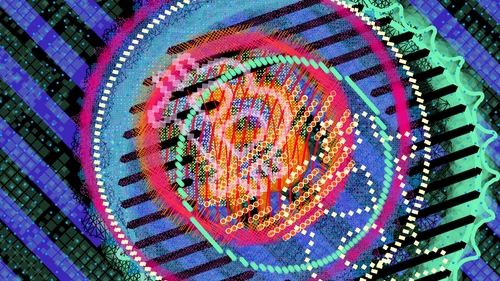
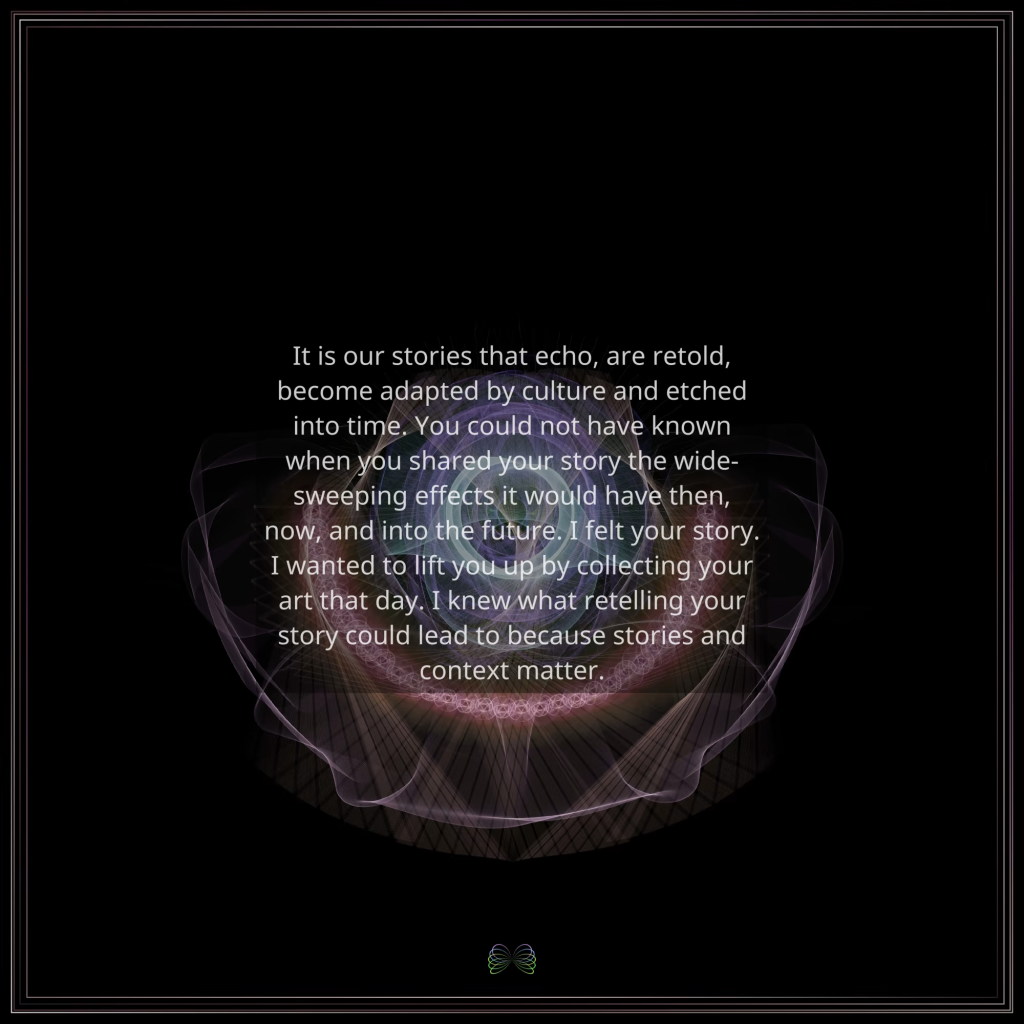
Tyler Hobbs coined the term “long-form generative art” in an essay published on his website in the summer of 2021. It was an attempt to categorize a recent string of distinctive, highly profitable Art Blocks projects, like Kjetil Golid’s Archetype and Hobbs’s own Fidenza. In the past, a generative artist would usually select a few outputs to present to the public; their algorithm, while capable of infinite possibilities, only had to produce sporadic successes. Now, encouraged by the novel market mechanism of an Art Blocks mint, artists sought to produce—and distribute to buyers sight unseen—thousands of pieces, all in a row.
The name never caught on, probably because “long-form” already referred to something else. Long-form journalism, contrary to Hobbs’s concept of long-form generative art, isn’t regarded highly because every paragraph in a big New Yorker profile can stand on its own. It’s celebrated for the narrative depth made possible by that higher word count. And when it comes to generative art, most “long-form” projects are severely lacking in the storytelling department. Very few Art Blocks collections express any meaningful narrative that spans all their mints, and it’s rare that they clearly convey themes that grow in strength at scale. Among these exceptional projects is Gazers (2021) by Matt Kane, an artist whose practice has been uniquely concerned with telling stories.
Each of the thousand artworks in the Gazers collection is synced with the cycle of the Earth’s actual moon—and the moon, that object of humanity’s pondering since the dawn of time, is just what each Gazer looks like. Initially a painter with an academic background in art education, Kane took up computer programming as a day job in the early 2000s, later incorporating it into his art through generative software that he coded himself. Where others might achieve a painterly effect with vectorized faux brushstrokes, Kane typically does it through the application of many layers of cross-hatched lines.
“My approach has always been creating generative tools that I’m bringing my human self to,” Kane said in an interview, and he has called Gazers a “conceptual self-portrait.” Each Gazer is slightly animated, seeming to shimmer while nearly standing still: the speed of each piece’s animation—which is always slowly increasing at a rate of about one frame per year—is determined by a metadata trait called the Origin Moon. The Origin Moon traits refer to the dates of real new moons that coincided with key moments in Kane’s life; the farther that date is in the past, the faster the Gazer moves, evoking the endless march of history while preempting far-off improvements in display technology. There’s March 1, 2014, around the time Kane began developing his proprietary digital art software, or September 17, 2020, the day before his Right Place & Right Time became the first NFT to ever sell for over 100,000 USD.
“The promise of blockchain is really to persist our data,” Kane said.
Compared to Gazers, Right Place & Right Time is not an especially attractive work, with aggressively bright colors and a jagged, jittering manner of depicting a rather shallow subject: the Bitcoin logo. The larger intent of that work, though, is to tell a story. Every day, various visual parameters of Right Place & Right Time recalibrate based on the past twenty-four hours of Bitcoin price volatility. When Kane so desires, he has the ability to mint a day—going back to the beginnings of Bitcoin—as a discrete NFT in the Bitcoin Volatility Art collection. Typically, this has been based on historical significance, for example January 3, 2009, when Satoshi Nakamoto mined the Bitcoin Genesis Block.
In both Gazers and the Bitcoin Volatility Art collection, the exact visual connections between inciting moments and their related outputs can be pretty tenuous. Gazer #717 doesn’t somehow depict the event marked by its Origin Moon trait, “Begin Digital Art Studio Software,” with twiddly knobs in the background or some unique ASCII effect—it’s just a line in the metadata, and its meaning is difficult to understand without an explanation. To viewers, in the context of the entire cosmos he’s evoking, that particular moment can feel a bit insignificant.
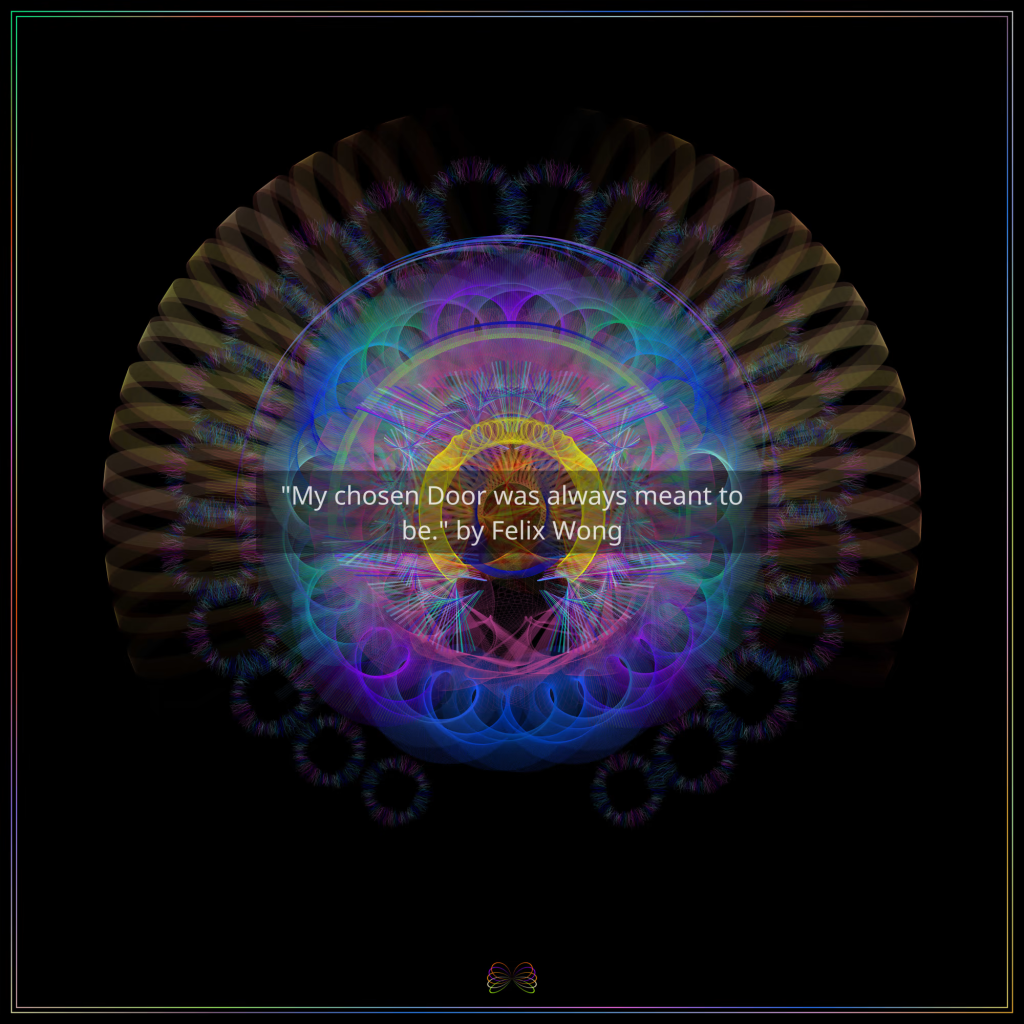
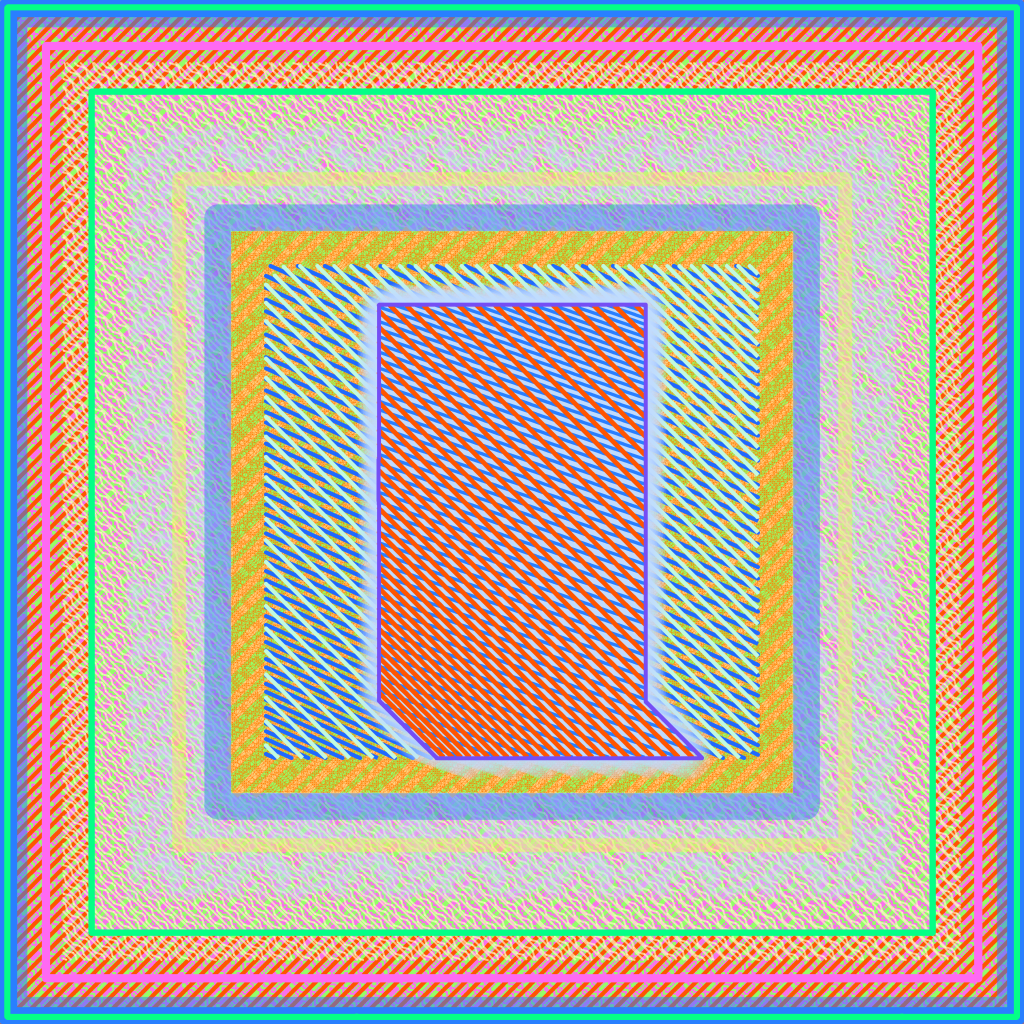
Etch (2022), Kane’s latest project, is an open-ended, inexpensive mint done in collaboration with Deca, a platform where users can curate and share galleries of their NFTs. Notably, it allows others to insert themselves in the story. In essence, an Etch is a way of minting a brief comment about an existing NFT while receiving a commemorative Matt Kane artwork for your effort. “The promise of blockchain is really to persist our data,” Kane said. “If we can persist who we are and why we’re here, the future will know us by our words, and future historians will be able to go back and understand why collectors did what they did.”
Each reference conveys the spark of self-recognition and connectedness often prompted by viewing an artwork.
There are two visual components to each Etch. The main one is an editable abstract generative artwork that uses any Ethereum, Polygon, or Tezos NFT token as its starting point. Kane said he was inspired by “the spirit of dialogue,” and his algorithms certainly riff more on this concept than on the other tokens, which seem to donate their approximate color palettes and nothing else. A few visual characteristics, like luminosity or the probability of spirals, are editable by users via slider; before choosing to pay for a mint, you can tweak and regenerate to your heart’s content. Inevitably, though, every Etch has a similar look, like a kaleidoscopic psytrance mandala, a neural network, or a star being born. Each reference conveys a similar feeling: the spark of self-recognition and connectedness often prompted by viewing an artwork. Their designs are round, evoking wholeness; they have a clear center point from which something radiates. Looking at one I’ve minted, I’m reminded more of the fact that I once had a thought than whatever that thought was.
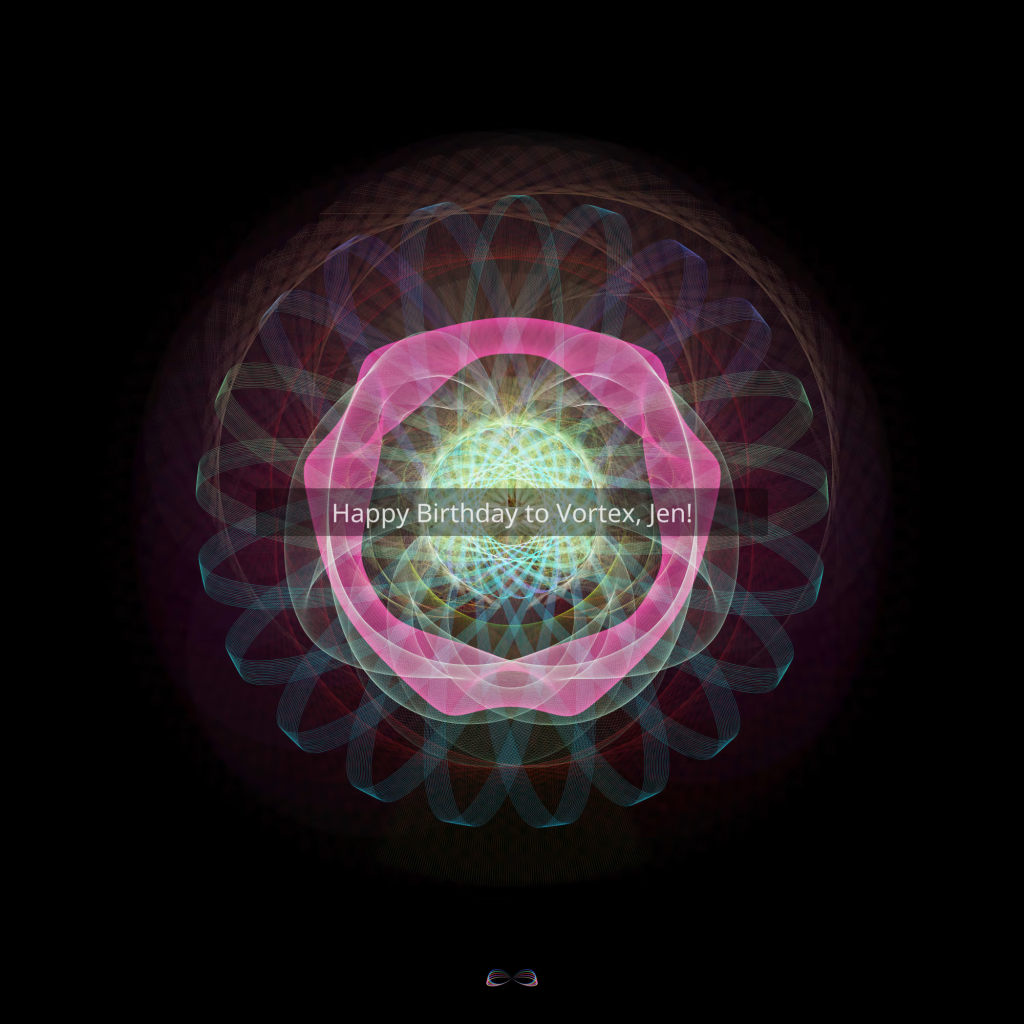
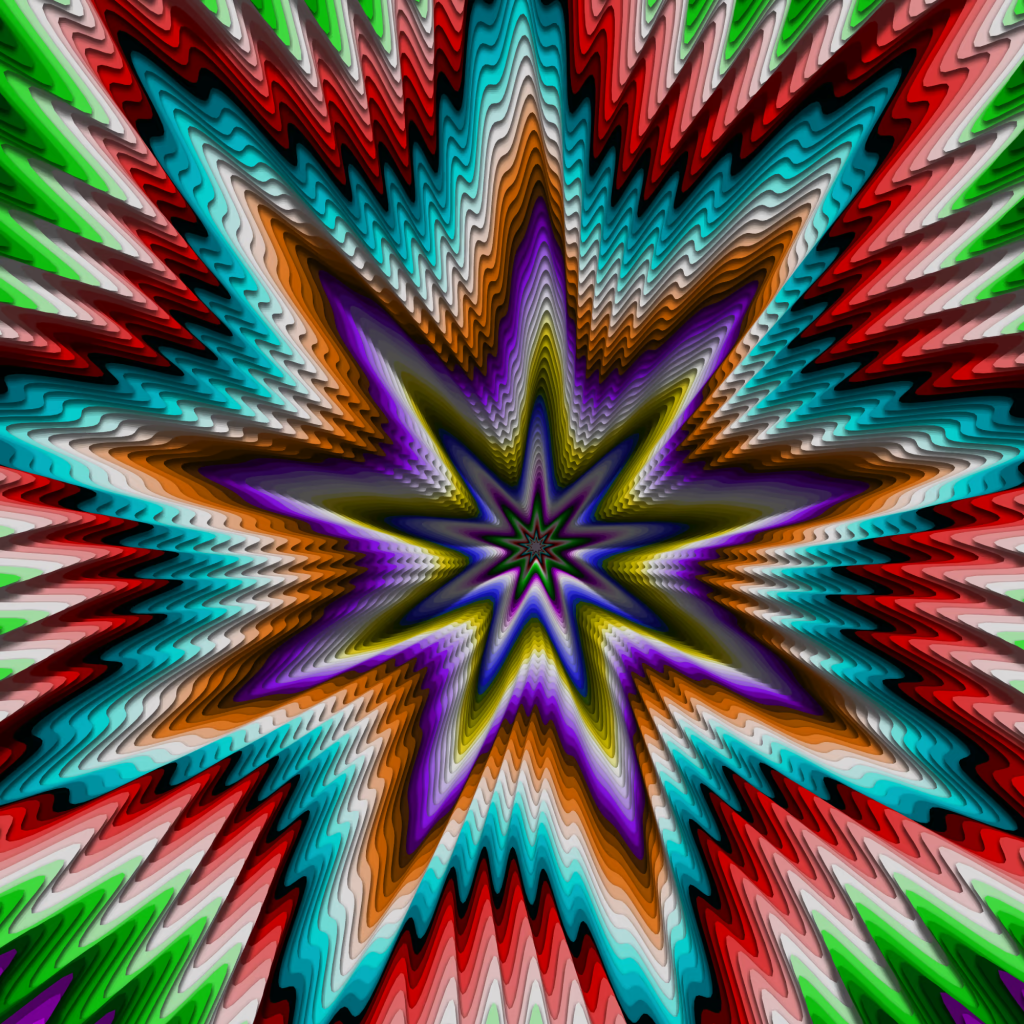
That’s where an Etch’s second visual element comes in: the accompanying text. Explaining the project, Kane suggested minters might write why they believed in a certain artist or what a particular artwork made them feel. Arguably, these words are the main point of the project, but they tend to feel glommed on, both visually and in the messages people actually leave. White text on a semi-opaque black background is overlaid simply in the center of the image, making text only comfortably legible at a length of about half a tweet. Deca is incentivizing early minters by entering them into various raffles, so it’s hard to fully evaluate user contributions as representative of what the project could or should be. But it’s hard to ignore the banality of “Bend the knee to the Decagon” (Etch #139, in reference to Deca’s membership NFT), “cumcumcumcumcumcumcumcumcumcumcumcumcumcumcumcum” (Etch #756, in reference to the GigaChad Yacht Club), or the countless instances of “gm.”
Scanning the collection as a whole, you’re pointed nowhere in particular. It can feel a bit bewildering, especially compared to another project like JPG, a curatorial platform that stores user-generated NFT exhibitions on Arweave. JPG’s more traditional online exhibition aesthetic—more like a blog post than a sticky note appended to another piece—is better suited to the descriptive storytelling Etch seems to want to invite. In Etch, though a piece is tied on-chain to the inspiring artwork, the presentation feels indirect, with the text initially appended to the generatively produced response piece and not to the work that prompted it, which takes an extra click to see.
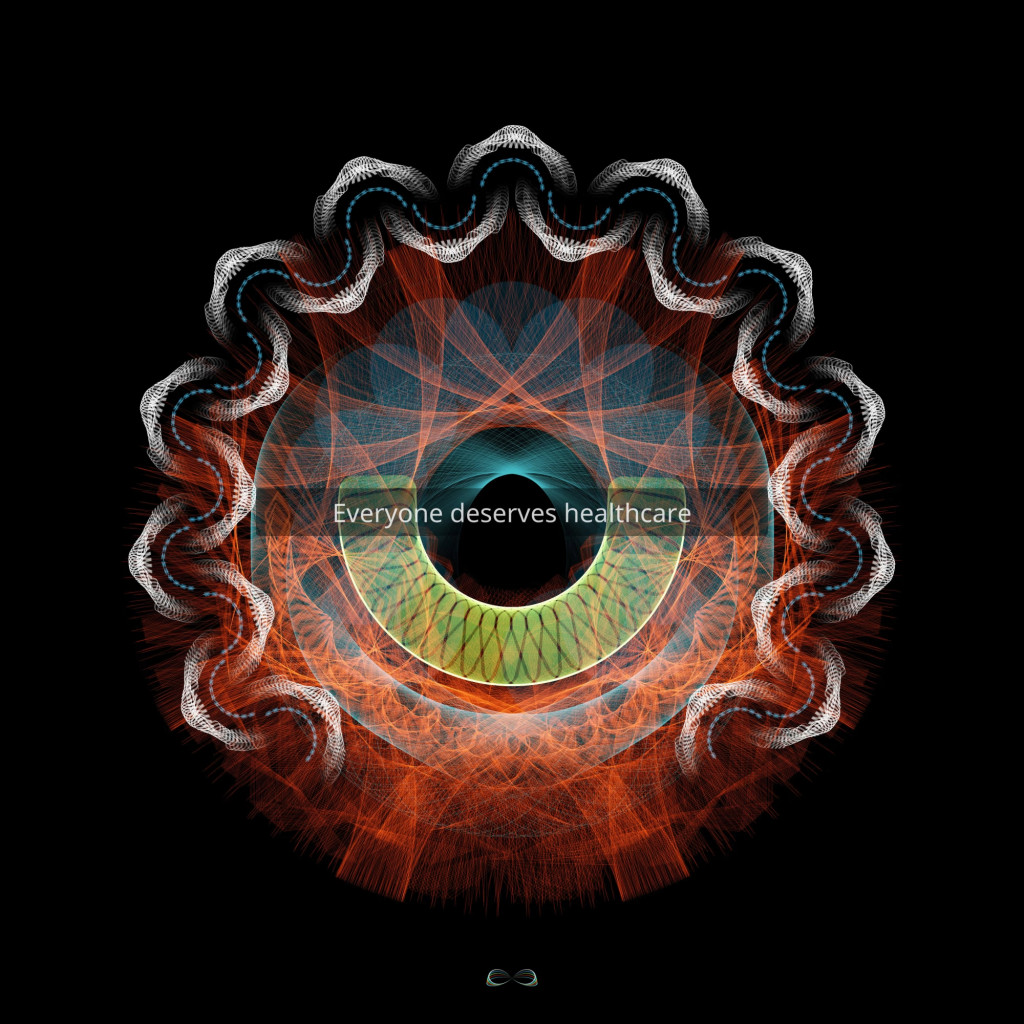
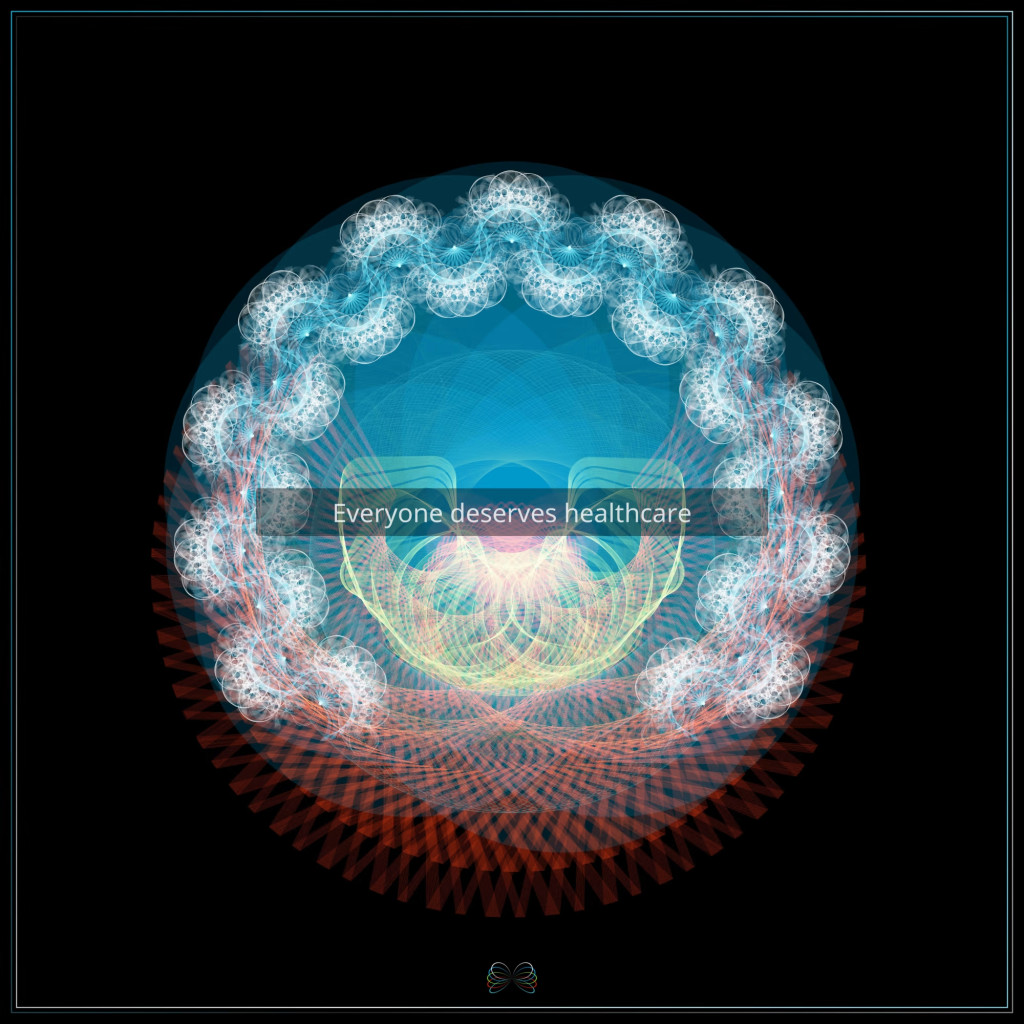
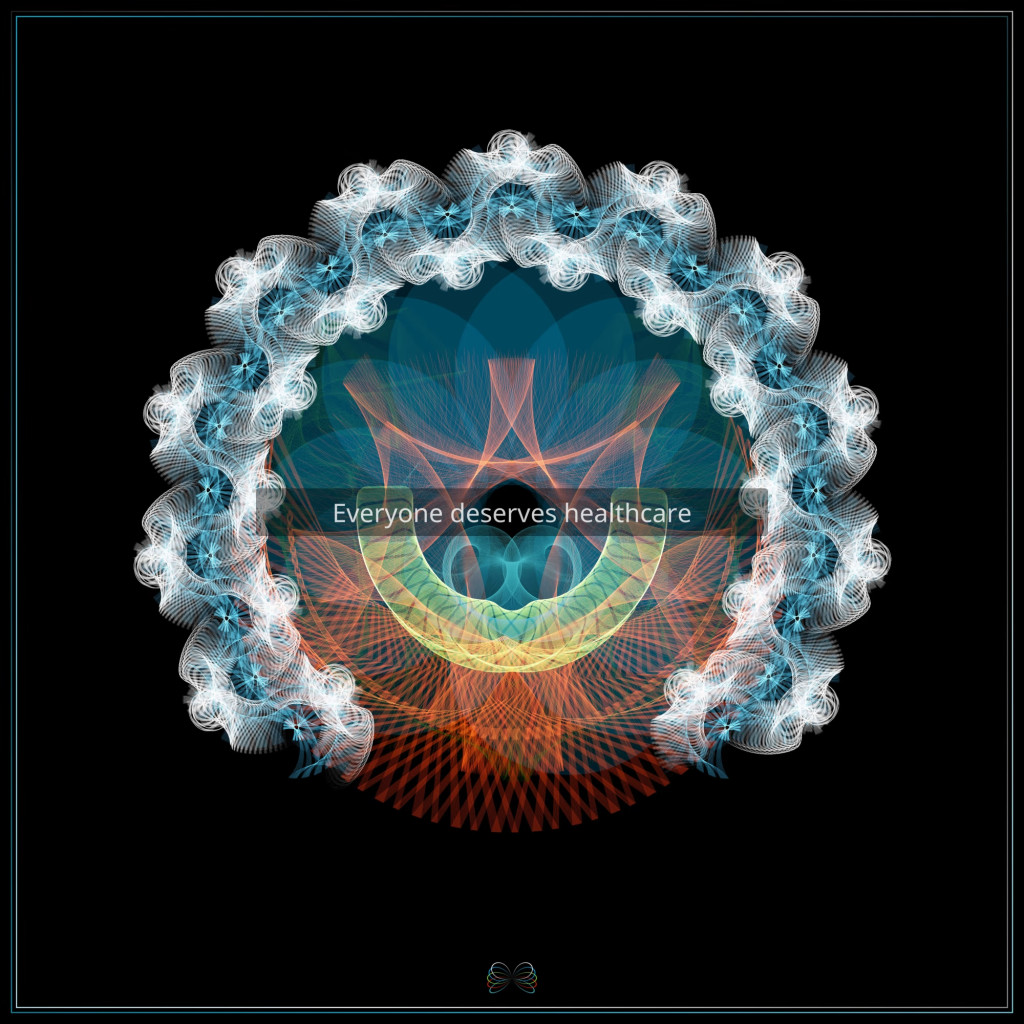
Still, that doesn’t foreclose other interesting possibilities for Etch, particularly through its sister project, Lift, also released this year on Deca. Both projects derive their names from the printmaking process whereby an artist will etch a plate and then lift the inked paper from it: a Lift, in other words, is a copy of an Etch. At launch time, minting a Lift costs about 5 USD, 70 percent of which goes to the holder of the Etch it’s derived from—and you can add an additional gift on top that they receive entirely. “In crypto art, the market is the medium,” Kane said, “and there’s a lot of experimentation yet to happen.” For example, a few charities have made an Etch of their mission statements, and Deca will reward some people who mint their Lifts while making additional donations. Clearly, this is too roundabout a method for serious fundraising, but it’s a mechanism another project might explore and iterate. As it turns out, that process is where Etch came from in the first place.
The projects derive their names from the printmaking process whereby an artist will etch a plate and then lift the inked paper from it.
In 2020, Conlan Rios, the founder of the Async Art platform, launched NFT Scribe, a smart contract that allows NFT owners to append messages to their tokens. Kane said he’s a “big user” of Scribe, and while examining the contract, I noticed that he had recorded a Scribe to the very first Etch, almost immediately after it was minted. This is what he wrote:
I Scribe this message to Etch #1 with much respect and gratitude to Conlan Rios for being an inspiring builder and friend. It’s thanks to you that many early to cryptoart have been able to contextualize our work on the blockchain the last years. With the Scribe contract we learned the great value of timestamping our stories to create the important connections necessary for the future to understand the stories behind our data. It’s my hope that Etch carries on and scales this great cryptoart tradition.
Not a lot of people use Scribe. Compared to Etch, using the front end takes a bit of effort, and the results aren’t easy to share. But that’s exactly why the flaws of Etch matter less than the fact that it’s pushing the space a little further than before. It means that the story is to be continued.
Duncan Cooper writes about art and saints.
